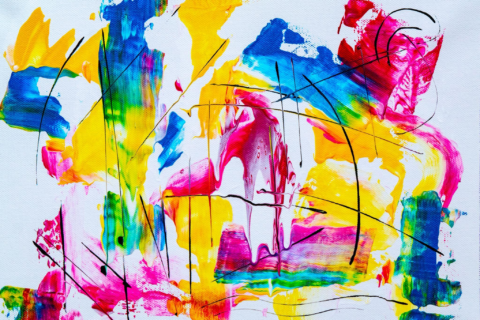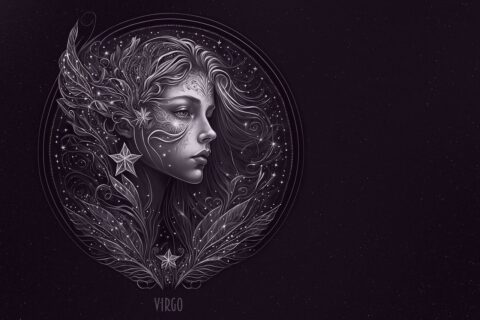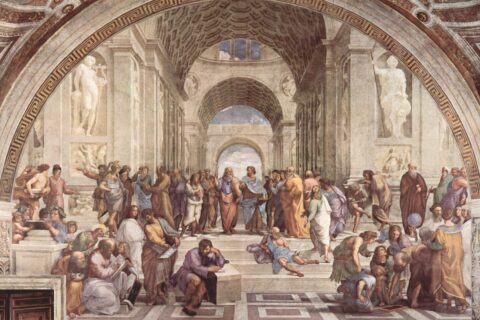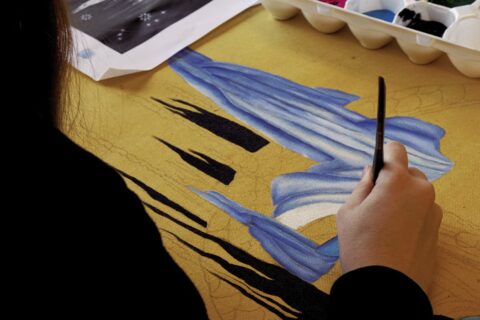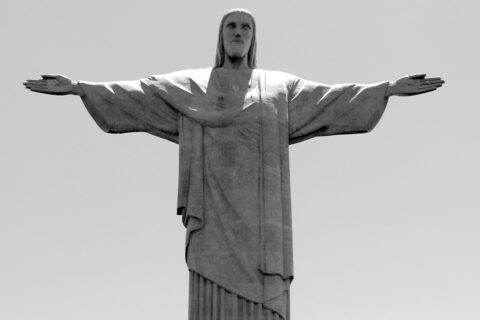
Types of painting
- Leake Camille
- November 17, 2020
- Painting
- No Comments
Painting is one of the main types of fine art; it is an artistic representation of the subject world with colored paints on a surface. Painting is divided into: easel painting, monumental and decorative.
Easel painting is mainly represented by works executed with oil paints on canvas (cardboard, wooden boards or ogolite). It is the most mass type of painting. It is this type that is usually applied to the term “painting”.
Monumental painting is a technique of painting on walls when decorating buildings and architectural elements in buildings. Particularly common in Europe is fresco – monumental painting on raw plaster with water-soluble paints. This painting technique has been well known since antiquity. Later, this technique was used in the decoration of many Christian religious temples and their vaults.
Decorative painting (from the Latin word from decoro – to decorate) is a method of drawing and applying images to objects and interior details, walls, furniture and other decorative objects. It refers to arts and crafts.
Easel painting, from the 15th century onwards, since the mass use of oil paints, reveals the potential of the art of painting especially brightly. It is in it that a special variety of content and profound elaboration of form is available. Painting techniques are based on color (possibilities of paints) in indissoluble unity with shade and line; color and shade are developed and elaborated by the techniques of painting with fullness and brightness, inaccessible for other types of art. This is responsible for the perfection of volumetric and spatial modeling, lively and accurate rendering of reality, possibilities of plot (and ways of composition) conceived by the artist and other visual qualities inherent in realistic painting.
Another difference in the differences between the types of painting is the technique of execution by the varieties of paints. It is not always enough to define general signs. The boundary between painting and graphics in each case: for example, the works executed in watercolor or pastel may refer to both areas, depending on the approach of the artist and the objectives he sets. Although drawings on paper belong to graphic art, the use of different painting techniques sometimes blurs the distinction between painting and graphic art.


